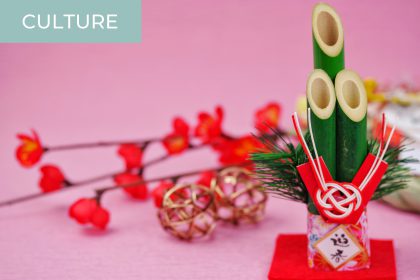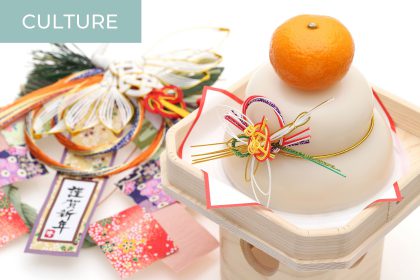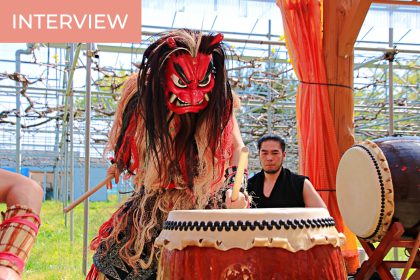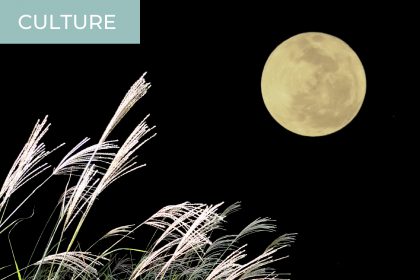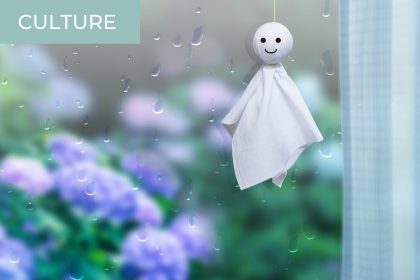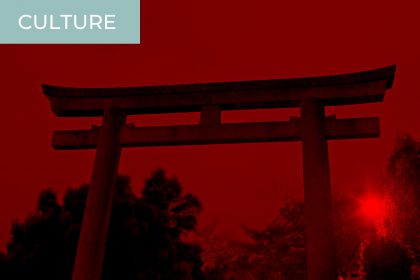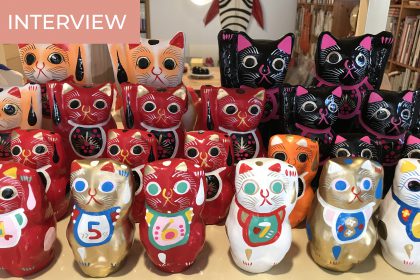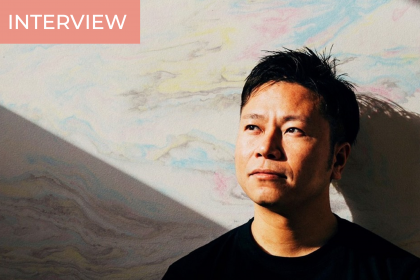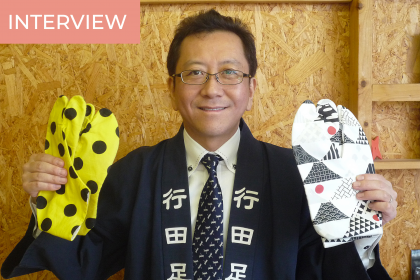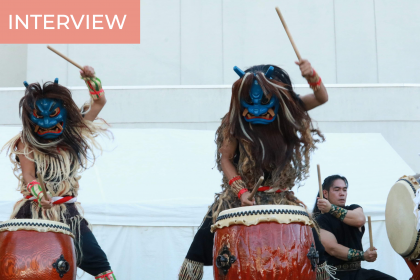Kadomatsu is a decoration with three cut pieces of bamboo and pine for the Japanese New Year’s holiday. After Christmas, you will see this decoration at the entrances of houses and buildings in Japan. The Role of Kadomatsu Decorations Kadomatsu is the landmark for the Shinto deity Toshigami-sama to enter your home. In Japan, it is believed…
Kagami Mochi, the Japanese New Year Cake
During the New Year period in Japan, you can see kagami mochi displayed as a decoration inside houses. It is a cake usually made of two layers of round mochi (rice cake) topped with a mandarin orange. Kagami Mochi As a Symbol “Kagami” means “mirror” in Japanese, and it is often said that the shape of the mochi…
Discover Japanese Arts and the People Who Make Them
Japan is home to numerous passionate artists. Some express themselves through traditional painting, calligraphy, traditional dances, or music, while others do it through modern means like animation or modern theater. Read our interviews of inspiring artists in Japan: their personal connection to their art, their place in Japanese society, and the messages they want to…
Tsukimi, the Moon Festival
Praying to the Harvest Moon As it is often depicted in Japanese pop culture, manga, anime, or video games, you may have already heard about ”tsukimi,” or more formally “otsukimi,” literally “moon viewing.” It is the most emblematic celebration in autumn, and shops often have decorations or sell items bearing the moon, rice cakes, or rabbits (more about this…
Teru Teru Bozu, the Japanese Rain Charm
Have you ever seen this doll hanging by someone’s window in Japan? You have great chances to see them during the rainy season. Japanese children (and sometimes adults, too) hang these dolls called teru teru bozu, as a charm to bring good weather. The Custom of Making a Teru Teru Bozu Imitating this very ancient…
The Japanese Ghost Story “Yotsuya Kaidan” and Its Shrine
Japan has a tradition of ghost stories dating from the Edo period and if you’ve been there before you may have heard some of them. “Yotsuya Kaidan” or the Yotsuya ghost story, a story of murder and revenge, is probably the most famous one. It has inspired numerous horror movies and nearly all Japanese are…
The Hidden Powers of Manekineko and Japanese Toys
Mrs. Iijima and Mr. Usuda are co-heads of Atelier Taik, a design company that does all kinds of design work with the exception of architecture. They are passionate about their jobs and often become fans of their clients’ products or services in the process. In 2012, they opened Atelier Gangu, a small shop selling and…
Answering My Inner Calling – an Interview with Calligrapher Kaku
My First Encounter with Kaku The first time I met Kaku-san was during the fall of 2018. I was working on a project regarding tourism in the town of Takahama, in Fukui prefecture. I was told I was going to participate in a calligraphy workshop. My guide told me, “The calligrapher is very talented–he’s even…
Making Japanese Tabi Socks Cool Again
Mr. Komatsu was not destined to work in the traditional clothing business. However, when his father-in-law needed his help to open an online shop, Mr. Komatsu discovered the world of tabi, the traditional Japanese footwear. In the following interview, he tells us about reaching a foreign audience and his projects to give more life to…
Namahage: Should You Really Be Afraid Of These Japanese Demons?
Yoshitaka Kobayashi (far right on the picture above) is the creator of Namahage Satokagura. They are a group whose performances mix traditional drums, dance, and embodying traditional Japanese spirits. They perform in Japan, but also have made appearances in other countries such as France and Taiwan. In this interview, Mr. Kobayashi tells us about keeping…

